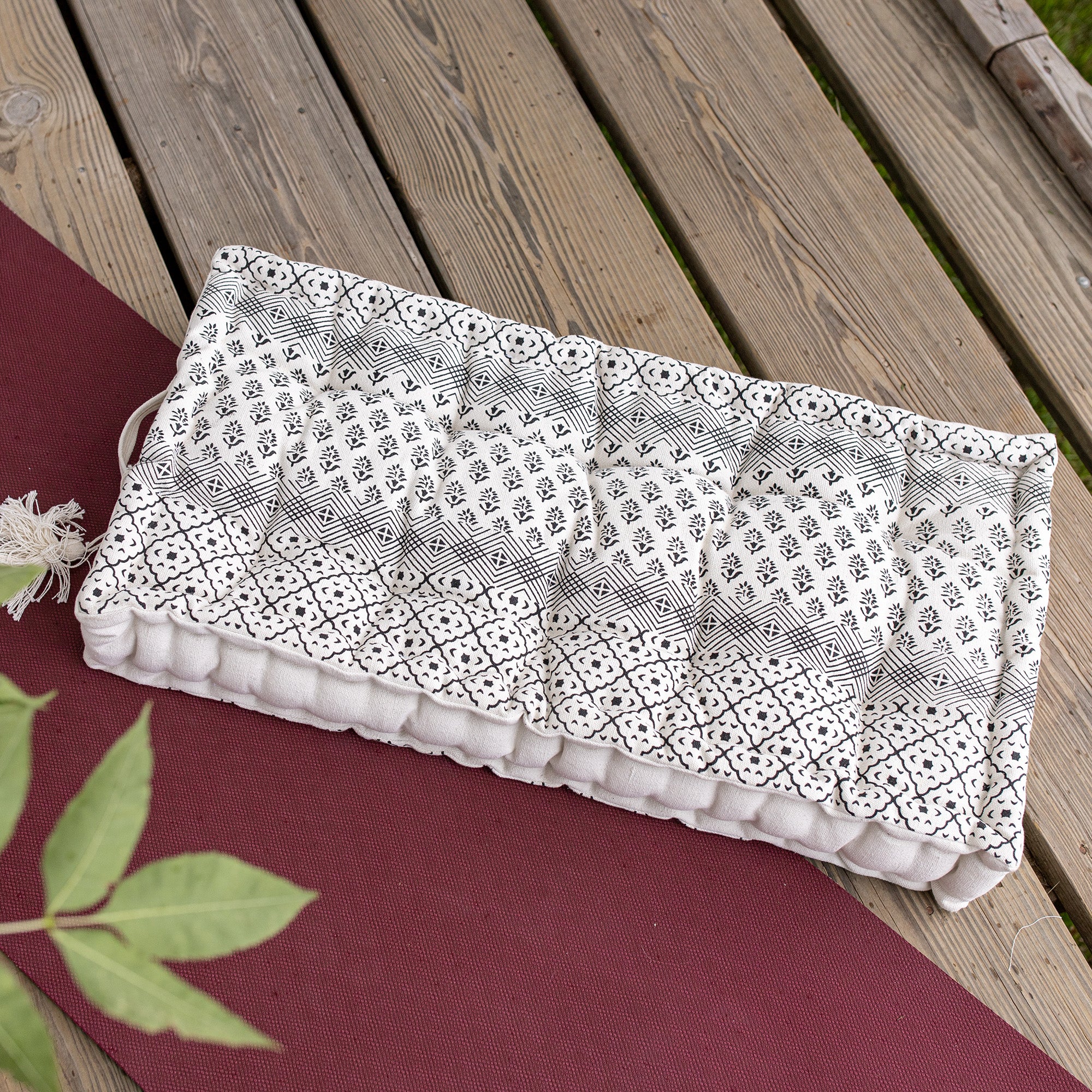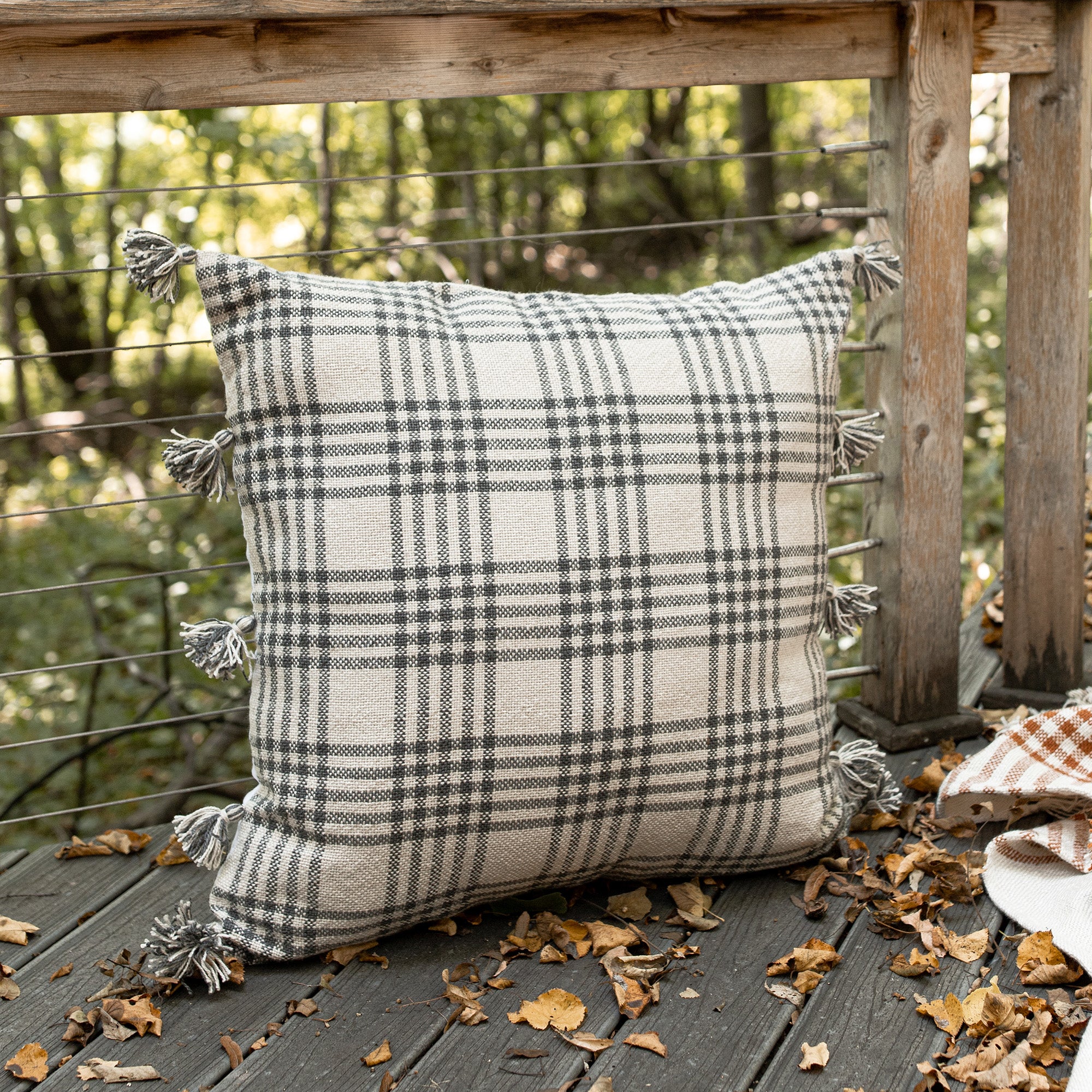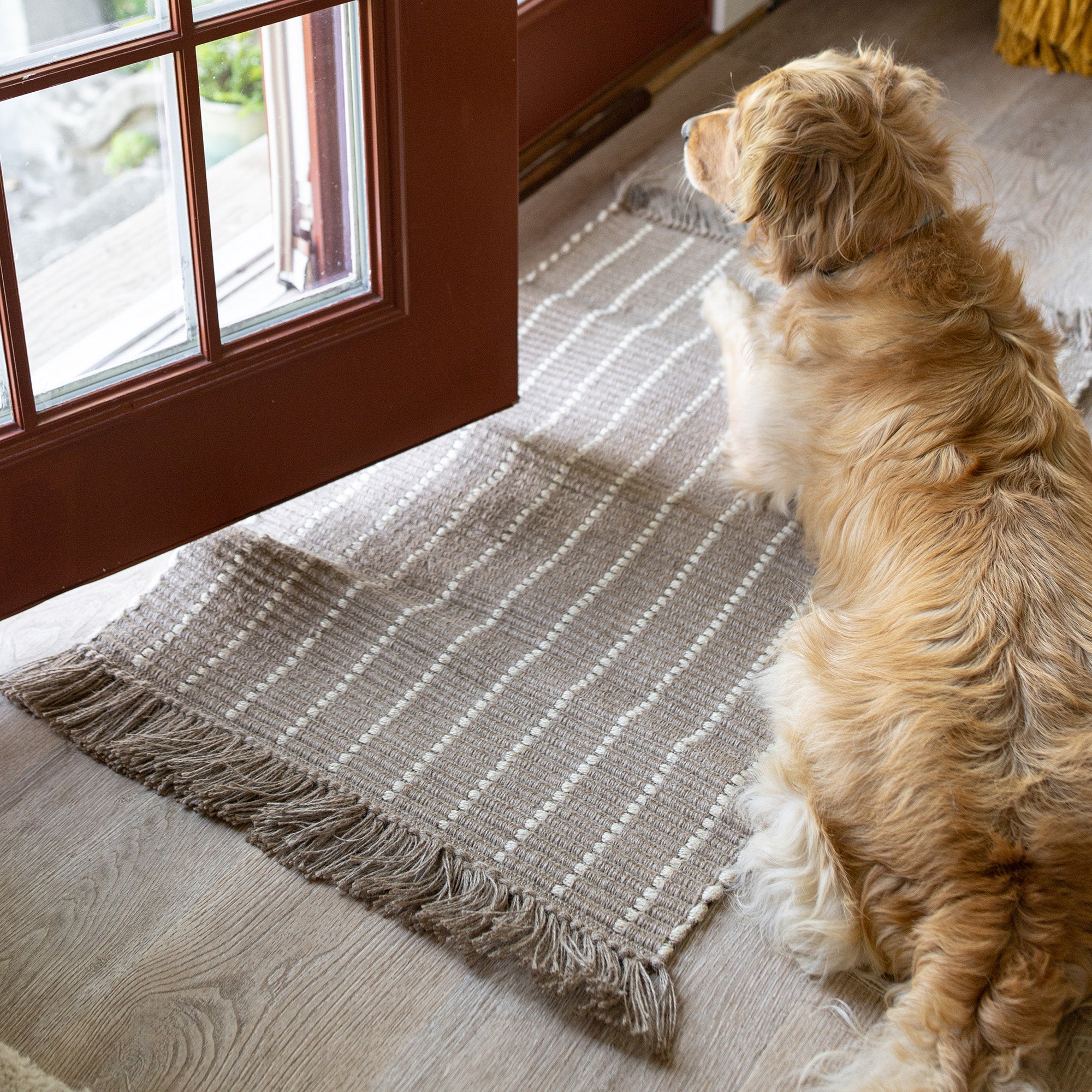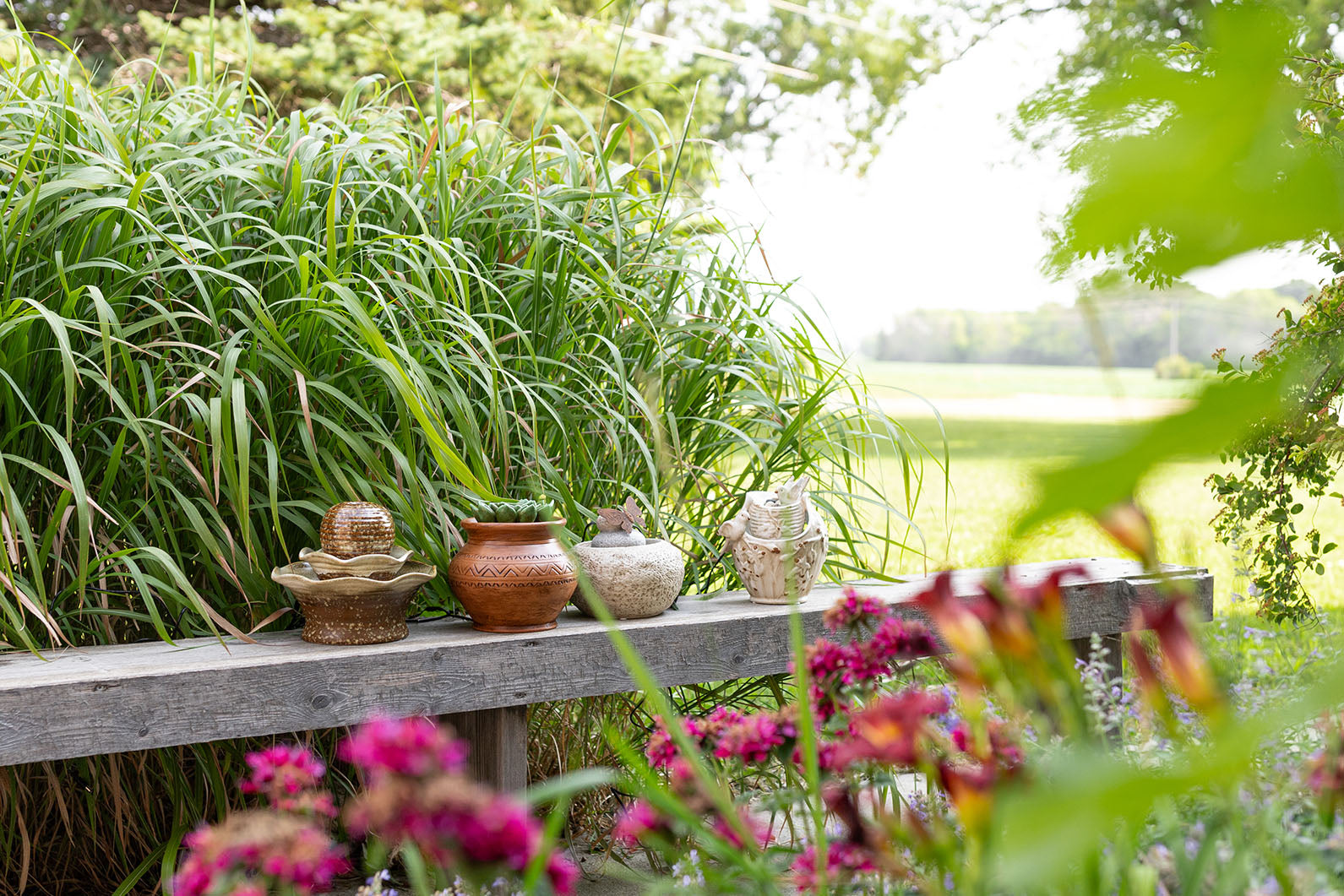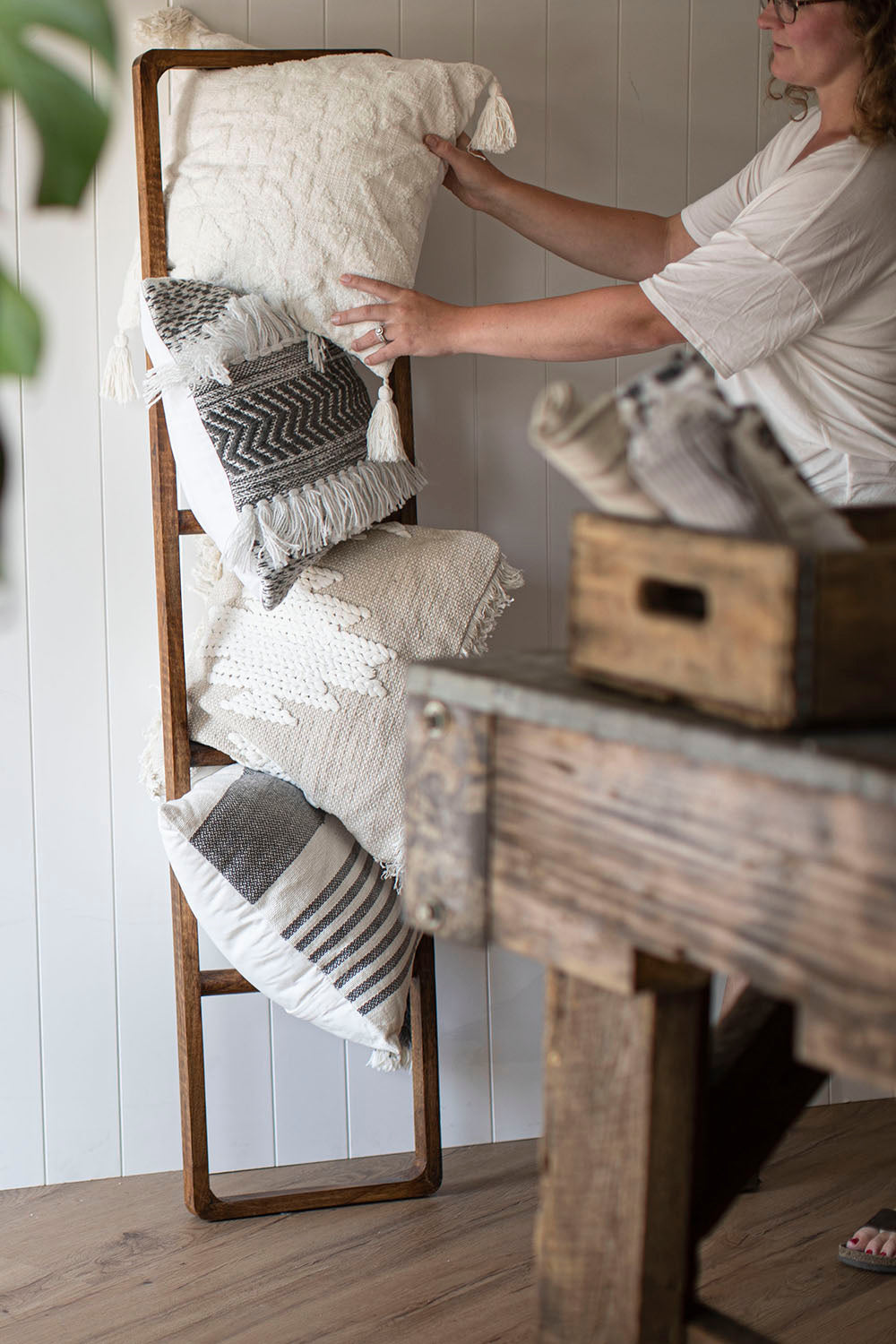How it's Made: Handwoven Textiles
Our textiles are exclusively designed in-house by our design team. Extensive trend research and sales analysis is done to ensure we are continuing to bring out great styles for our retailers. Our pieces are designed to coordinate with one another allowing our retailers to personalize their assortment. The designs are then passed to our artisan partners in India. These craftsman use hand-loom techniques passed down through generations. Join us, as we dive into this age-old practice.

First, the yarns are prepared for the looms. The bobbins are prepared manually for weaving. The warp yarns are also created and prepared by knotting the warp by hand onto the loom.

The warps are then passed through the frames from the reed hooks. Textile pieces can then begin to be woven, many by the process of handloom pedal weaving. This loom requires skilled hands and feet.
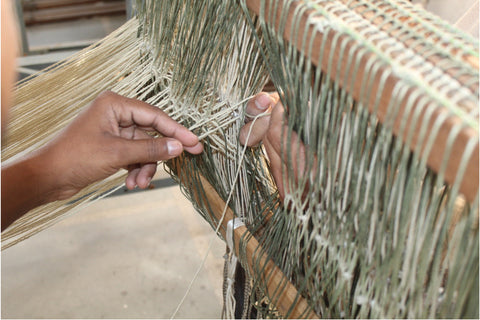

Many of our pillows and throws contain hand sewn details and are carefully crafted by artisans. Tassels and pom poms are first created separately by tieing groupings of yarns together. The yarns are then trimmed to length, finished and attached to each piece with a needle and thread.
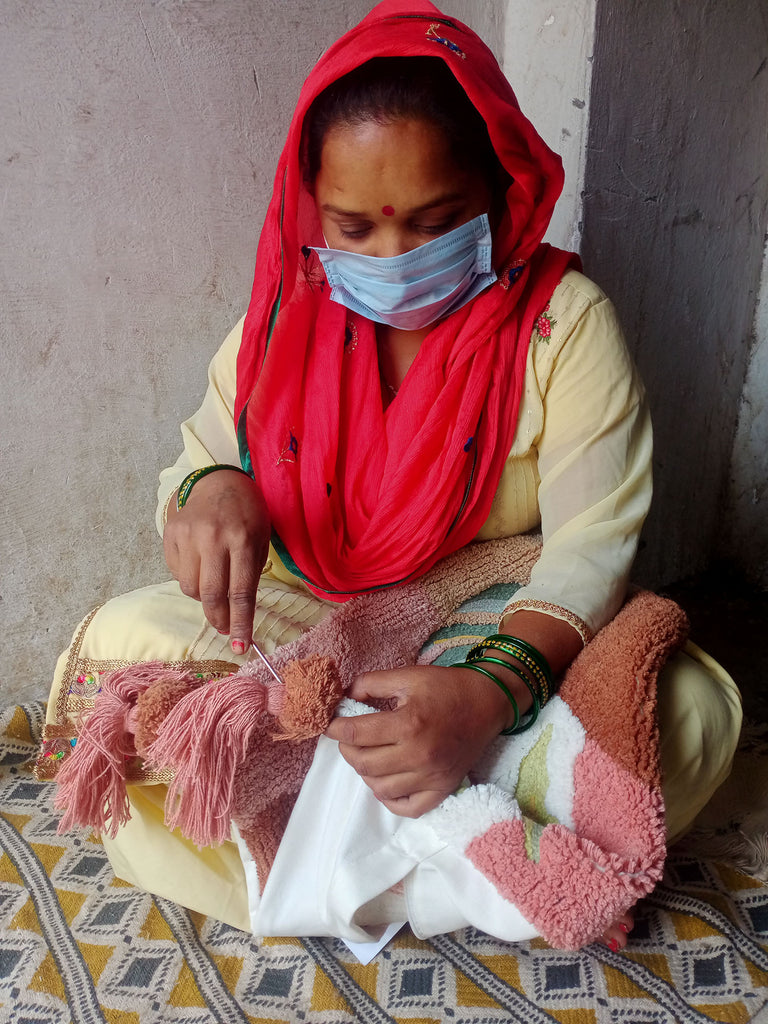
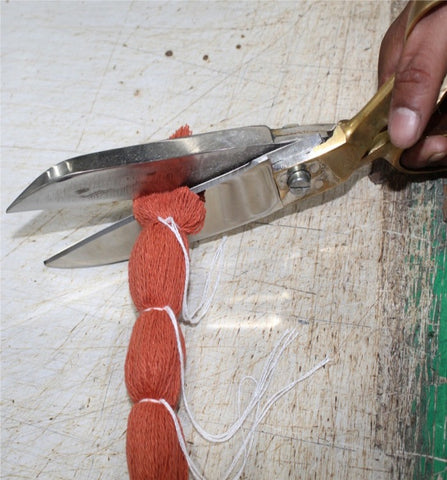
Each pillow or throw is then finished by sewing edges, seams or attaching pillow faces onto zippered backs. Throws are inspected, carefully folded and packaged in gift-ready packaging. Throw pillows are filled with a premium fill, inspected and then vacuum packed for transportation. The journey to the port is then long, trucks navigate unpaved roads and it takes days to reach the sea.

